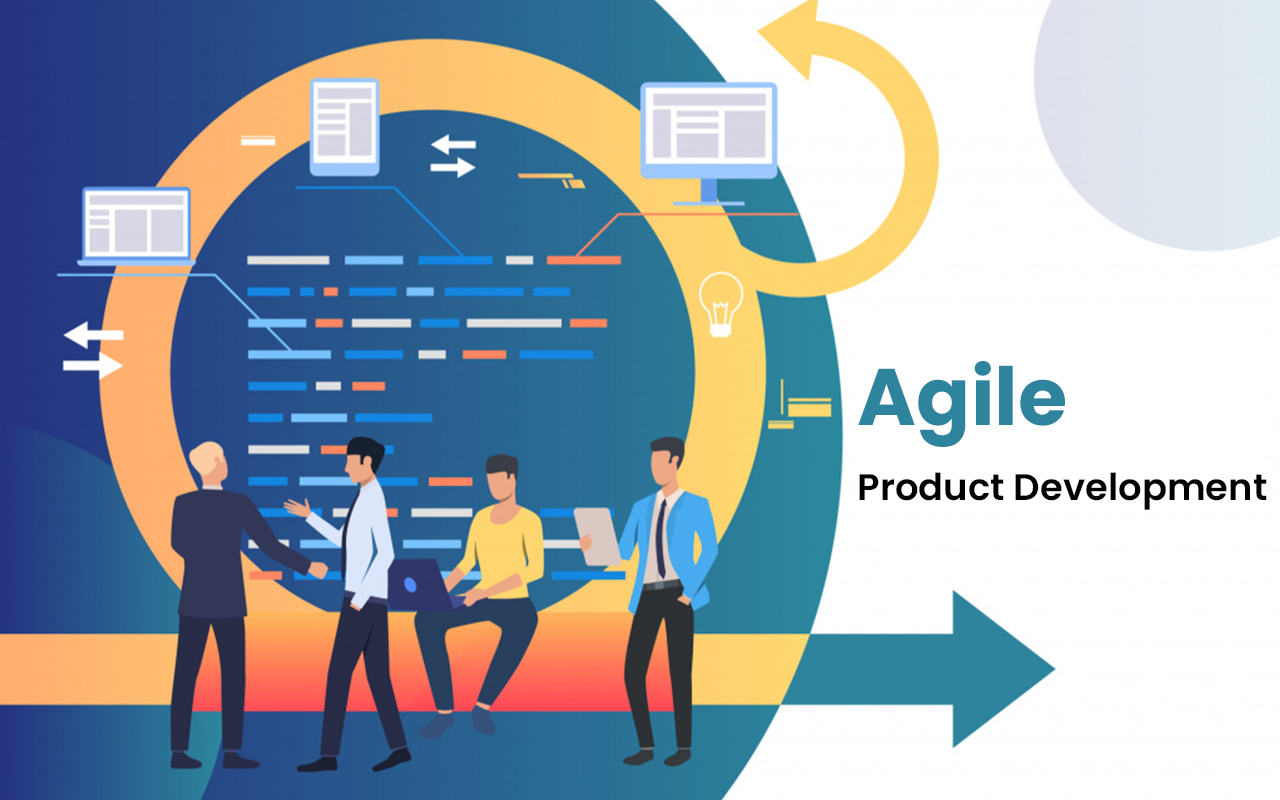Last updated : 16 July, 2025
In today’s fast-moving tech landscape, agility is everything. Companies are expected to deliver more features, faster—while still keeping users happy and staying ahead of the competition. Agile product development has long been the go-to framework for making this possible. But now, there's a new partner in the mix: Artificial Intelligence.
AI isn’t just something to add to your product—it’s becoming an integral part of how we build products. From prioritizing features to automating QA, AI is reshaping the agile workflow and pushing the boundaries of what teams can achieve.
In this blog, we’ll explore how AI is transforming each phase of the Agile development process and how teams can harness its power without losing the core values of agility.
🌀 AI + Agile: A Natural Fit?
At first glance, AI and Agile might seem like strange bedfellows. Agile is iterative, lightweight, and fast. AI, especially machine learning, can be experimental, data-heavy, and complex.
But in reality, they complement each other beautifully. Agile thrives on continuous feedback, iteration, and responsiveness—all things that AI can enhance.
🧠 1. Smarter Backlog Prioritization
One of the most time-consuming tasks in Agile teams is figuring out what to build next. AI can help product managers and teams make these decisions more data-driven and customer-centric.
How AI helps:
- Analyze usage patterns to highlight underused or buggy features
- Predict user churn and recommend features to improve retention
- Cluster user feedback and feature requests for prioritization
Tools in action:
NLP models can summarize support tickets and reviews. Predictive analytics can score backlog items by potential business impact.
👉 Result: Smarter, faster decision-making that aligns with actual user behavior.
⏱️ 2. AI-Powered Sprint Planning & Estimation
Sprint planning often involves gut-feel estimation. AI can bring real-world data to the table.
How AI helps:
- Learn from past sprints to predict delivery timelines
- Flag tasks likely to carry over or delay the sprint
- Estimate story point complexity based on historical context
Example:
AI models can analyze ticket histories in Jira to suggest accurate time estimates and resource allocation.
👉 Result: Less guesswork, more predictable delivery.
🧪 3. Automated Testing & QA
Manual testing is time-consuming—and often not feasible in fast Agile cycles. AI changes the game.
How AI helps:
- Automatically generate test cases based on code changes or user flows
- Detect UI anomalies or regressions using computer vision
- Predict high-risk areas in code that need more test coverage
Tools to explore:
Testim, Mabl, Applitools, and Microsoft’s IntelliTest.
👉 Result: Faster feedback loops and higher product quality without bloating the QA team.
🔍 4. Enhanced User Research with AI
Agile encourages continuous user feedback—but analyzing that feedback at scale is tough. That’s where AI shines.
How AI helps:
- Cluster qualitative feedback by sentiment, theme, or urgency
- Track emotion and tone across customer support interactions
- Detect trends in NPS and customer satisfaction over time
Example:
AI can summarize 1,000+ user reviews into key insights for the next sprint retrospective.
👉 Result: Teams stay connected to users without drowning in data.
🧰 5. AI in DevOps and Continuous Delivery
Agile isn’t just about planning—it’s about delivering continuously. AI improves DevOps processes that support rapid releases.
How AI helps:
- Predict build failures based on commit patterns
- Suggest optimal deployment times based on user traffic
- Detect anomalies in system performance post-deployment
Example:
AIOps platforms like Dynatrace or Splunk use AI to monitor infrastructure and alert on issues before they impact users.
👉 Result: More reliable releases and faster recovery from failure.
🔄 6. Supporting Agile Retrospectives with AI
Retrospectives are where Agile teams reflect and improve. AI can make these sessions even more actionable.
How AI helps:
- Analyze team sentiment from communication tools (Slack, email)
- Suggest themes or blockers based on sprint performance data
- Highlight patterns in missed goals, overcommitted sprints, or defect trends
Example:
An AI summary of sprint artifacts can be presented at the retro to drive focused discussions.
👉 Result: Teams learn faster and fix problems before they repeat.
🚀 Final Thoughts
Agile teams thrive on feedback, learning, and iteration. AI amplifies all three.
By integrating AI thoughtfully—into backlog prioritization, sprint planning, testing, and retrospectives—teams can build smarter, faster, and more user-centric products.
But remember: agility isn’t about tools—it’s about mindset. AI is powerful, but it works best when it’s in service of the team, not controlling it.
So start small. Automate one workflow. Add one insight. Then iterate—just like Agile was meant to be.

